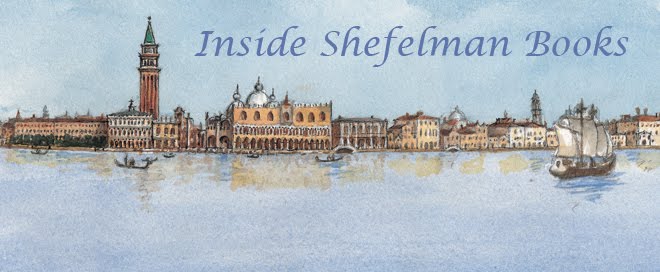JANICE: On September 18 Tom and I celebrated our anniversary and launched
Honeymoon Hobos at Book People. It was a heartwarming success.
Since the book is a travel memoir, I talked about the importance of telling your story. For those of you who missed the launch, here is what I said:
Raise your hand if you have ever thought about writing a memoir. (Quite a few hands went up.) Have you put words on paper? (Some hands stayed up.) If not, I encourage you to do so. You are never too young or old to write your memoir. Writing teacher William Zinsser suggests writing one little memory a day. At the end of a year you have a lot of pieces of your life to put together. Look for a theme, something you can hang your memories on.
Dave Eggers, whose first book was a memoir and finalist for the Pulitzer Prize, encourages everyone to tell their story. His ancestor, who the family calls Great-Grandaddy Hawkins, led a caravan of covered wagons from the plains to California and wrote about his journey. He had 300 copies printed and bound into a real book. And because he did, his descendants know more about him than just a name and dates. They know his thoughts and feelings. He wrote - himself - into - existence. I love that phrase, but I didn't make it up. Dave Eggers passed it on to me and I pass it on to you. Write yourself into existence. My daddy, Gilbert Jordan, wrote himself into existence in a book titled
Yesterday in the Texas Hill Country. It did not win the Pulitzer Prize but is still in print.

I have written many characters into existence and wanted to do the same for Tom and me. Fortunately the letters and articles we wrote while traveling were saved which helped me get in touch with the moment. Tom did all the illustrations at the time. Some were done for publication in the
Asahi Shimbun, Tokyo's major newspaper, some were done for the
Texas Architect and later published in the
AIA Journal. But all were done to
draw our experiences into existence.
 |
| Breakfast in Chotokuin Temple, Kyoto |
 |
| Wading Across a River in Cambodia |
TOM: One incentive for doing these drawings was that the editor of the
Asahi Shimbun offered $20 for each article Janice wrote and $5 more if I illustrated it.
JANICE: Some incentive!
TOM: But that paid for a whole month's rent.
JANICE: Yes. Tom also painted during our travels. Here is one called "Jaipur." To see others go to to his website:
shefelmanpaintings.com
As for the title, we were dubbed honeymoon hobos by a reporter friend at the
Asahi Shimbun, a young man named Dub Swim from Oklahoma, who wrote for the English edition of the newspaper. Little did we imagine then that he had give us the title of a book.
I'd like to read the brief preface to you. But first, please notice the silver stamp on the case - the letters T and J entwined.
***
(Here I asked Tom if he wanted to sit down while I read.)
TOM: (spontaneously) No, I want to stay entwined. (This remark brought the house down.)
***
JANICE (after the reading): Now close your eyes if you like, and let's imagine that we have boarded the
Tsuneshima Maru, the anchor has been hoisted, and we are headed out to sea for a 3 1/2 minute sound voyage across the Pacific. (We played "Music from the Age of Discovery," track 18, which combines an instrumental version of the Italian song, "I Have Seen the World Map," with the sound of waves and the booming and creaking of a ship.)
And here we are in Japan!
***
Even though we sold many books there are some left at Book People, Austin, even a few signed copies. They are also available through our website:
shefelmanbooks.com







































